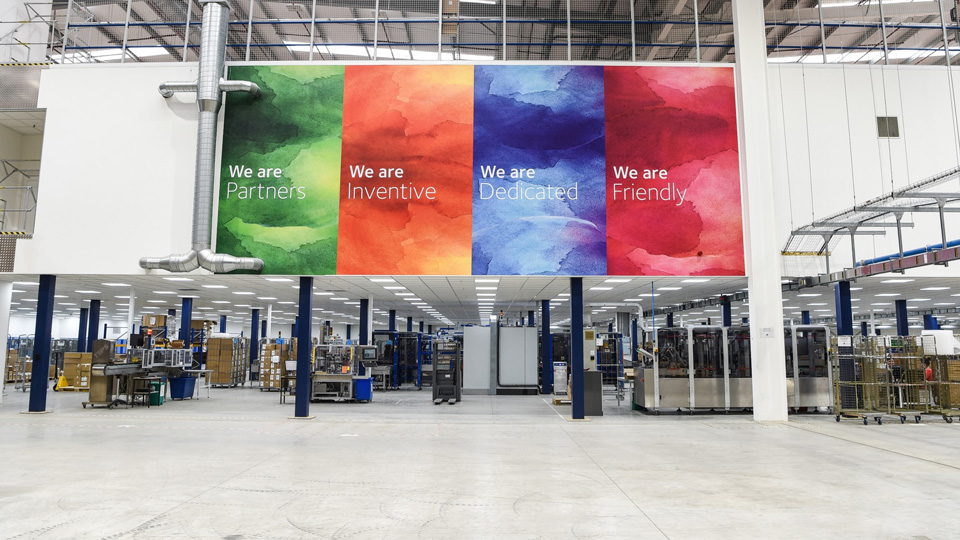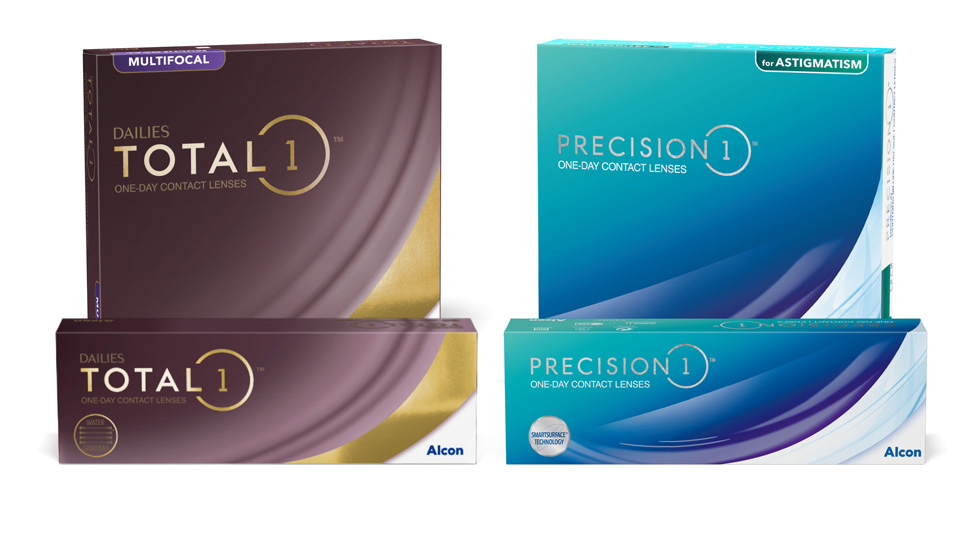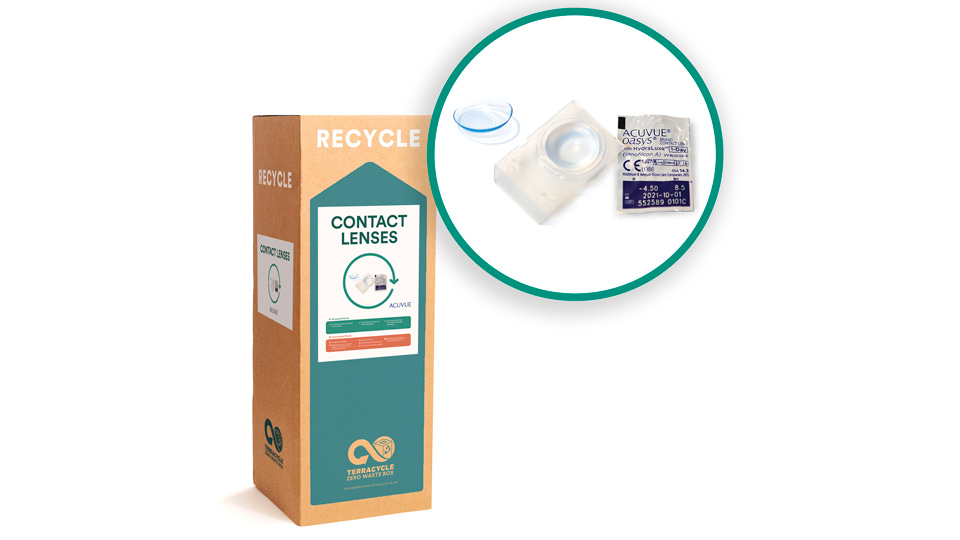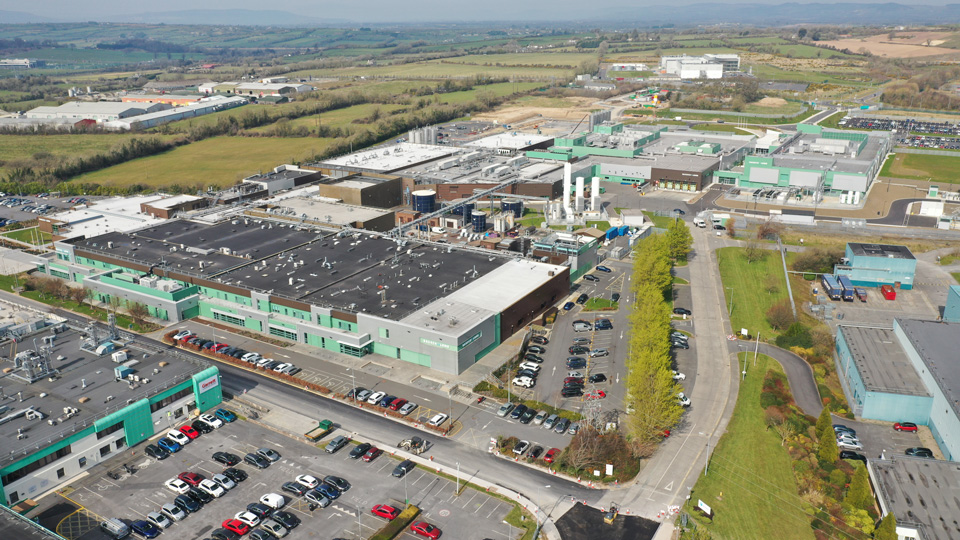- OT
- Industry
- Contact lenses
- OT focuses on… sustainability in contact lenses
Hit list
OT focuses on… sustainability in contact lenses
The topic of sustainability has touched all areas of the optical industry. OT asks contact lens suppliers about the changes they are making

06 September 2022
Energy efficient bases
As part of its sustainability strategy, CooperVision has focused on the footprint of its facilities, including conserving energy and using renewable or clean energy sources. Currently, 100% of operations in its New York facility run on wind-based renewable energy, while the renewable electricity at one of CooperVision’s UK facilities is generated from biomass.
Speaking to OT, Heathcliffe Clash, head of communications for Europe, the Middle East, and Africa, said: “Energy efficiency is top-of-mind, with upgrades to building management systems, motion lighting and heat protection film at sites around the world.”
The company has been recognised with certifications from Leadership in Energy and Environmental Design, and the Mountpark facility (pictured) received a top rating from Building Research Establishment Environmental Assessment Method – the world’s first sustainability assessment method for buildings.

Taking a step with offsetting
Alcon has partnered with the social enterprise, Plastic Bank, to remove one tonne of ocean-bound plastic waste from vulnerable coastal communities for every tonne of plastic used in Alcon Precision 1 and Dailies Total 1 contact lenses and packaging.
The partnership will operate in nearly 70 countries across Europe, Latin America, Australia, and New Zealand.
Antoine Delgrange, Alcon vice president for vision care international marketing, noted that recyclable plastic and cardboard is already used in Alcon’s contact lens packaging, but that the offsetting programme “will help us do even more to improve our plastic impact.”
The company said that the offsetting initiative represents a step in the company’s commitment and is not the only solution for the vision care industry, adding, “they offer an effective way for manufacturers to improve their plastic impact immediately, while investigating long-term solutions.”

Making recycling accessible
Johnson & Johnson Vision has expanded its Acuvue Contact Lens Recycle Programme, aiming to build awareness of the scheme and make contact lens recycling more easily accessible.
The company has partnered with TerraCycle, making their zero waste boxes available to all practices. The boxes provide a simple solution for storing, shipping and recycling contact lens waste, from the lenses, to the foil covers and blister packaging.
Johnson & Johnson Vision will also be funding 3500 zero waste boxes in 2022, providing capacity for the recycling of approximately 5.6 million lenses, blister packs and foils.
Zero waste boxes will be distributed to partnering practices to ensure nationwide access to the recycling programme. The updates to the scheme aim to increase the volume of contact lenses going into recycling systems across the UK by up to 25%.

Scoping out changes
Bausch + Lomb outlined a number of elements that make up its programme to reduce its environmental impact.
In 2022 particularly, the company is actively identifying its scope one and two carbon emissions, with scope three to follow. These categories, identified by Greenhouse Gas Protocol, refer to emissions from sources owned or controlled by a company (scope one and two), and those not produced by a company but that it is indirectly responsible for throughout the supply chain (scope three).
Bausch + Lomb suggested that this process would allow it to determine its CO2 footprint per site and per business unit, identify areas of opportunities for carbon reduction, and develop capital and project plans to reduce carbon to meet 2030 and 2050 carbon action goals.
To encourage energy efficiency, the company has mandated that any new build sites must be LEED (leader in energy efficiency design) certified under the US Green Buildings Council, with all its contact lens manufacturing developments since 2015 certified to the standard.
The company’s two largest contact lens sites, Rochester in the US and Waterford in Ireland (Pictured), are ISO 50001 registered, with a systematic approach to energy management and efficiency.
Bausch + Lomb also has a drive towards zero landfill operations, with its Rochester base certified to the US standard UL2799, a framework verifying entities that send little to no waste to landfill, at 94%.
Based in the EU, Bausch + Lomb’s Waterford site has been assessed against the elements of UL2799 at 97.92%, though not certified to the US standard.
The company highlighted that zero waste principles are viewed as “central to the value and effectiveness of any corporate sustainability effort,” and noted that the Zero Waste International Alliance has established 90% as the minimum threshold for its zero-waste designation.



Comments (0)
You must be logged in to join the discussion. Log in